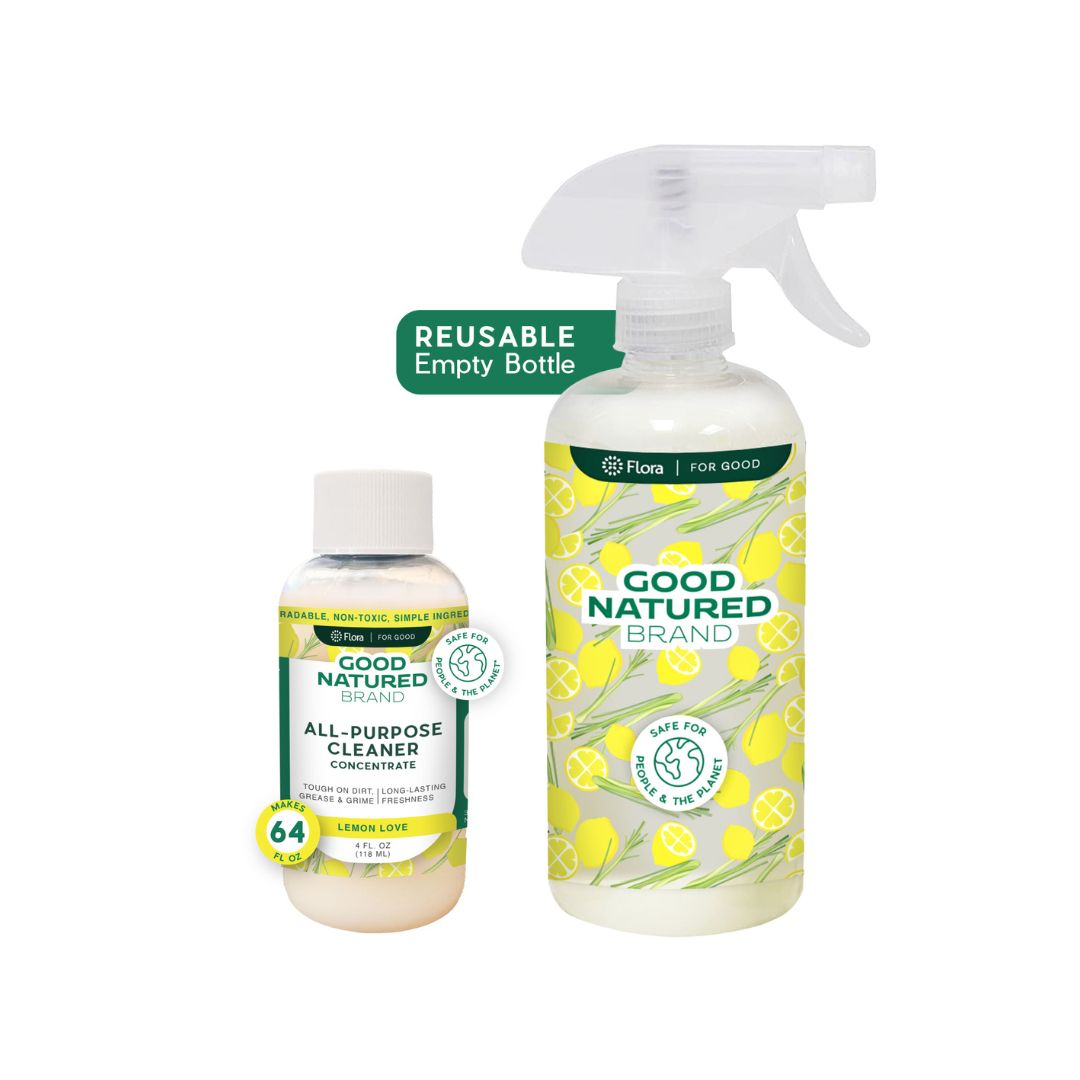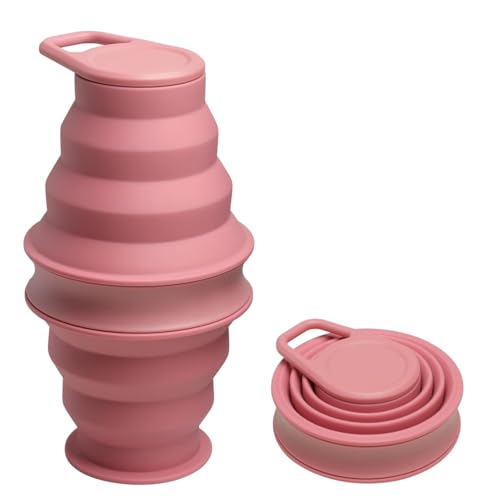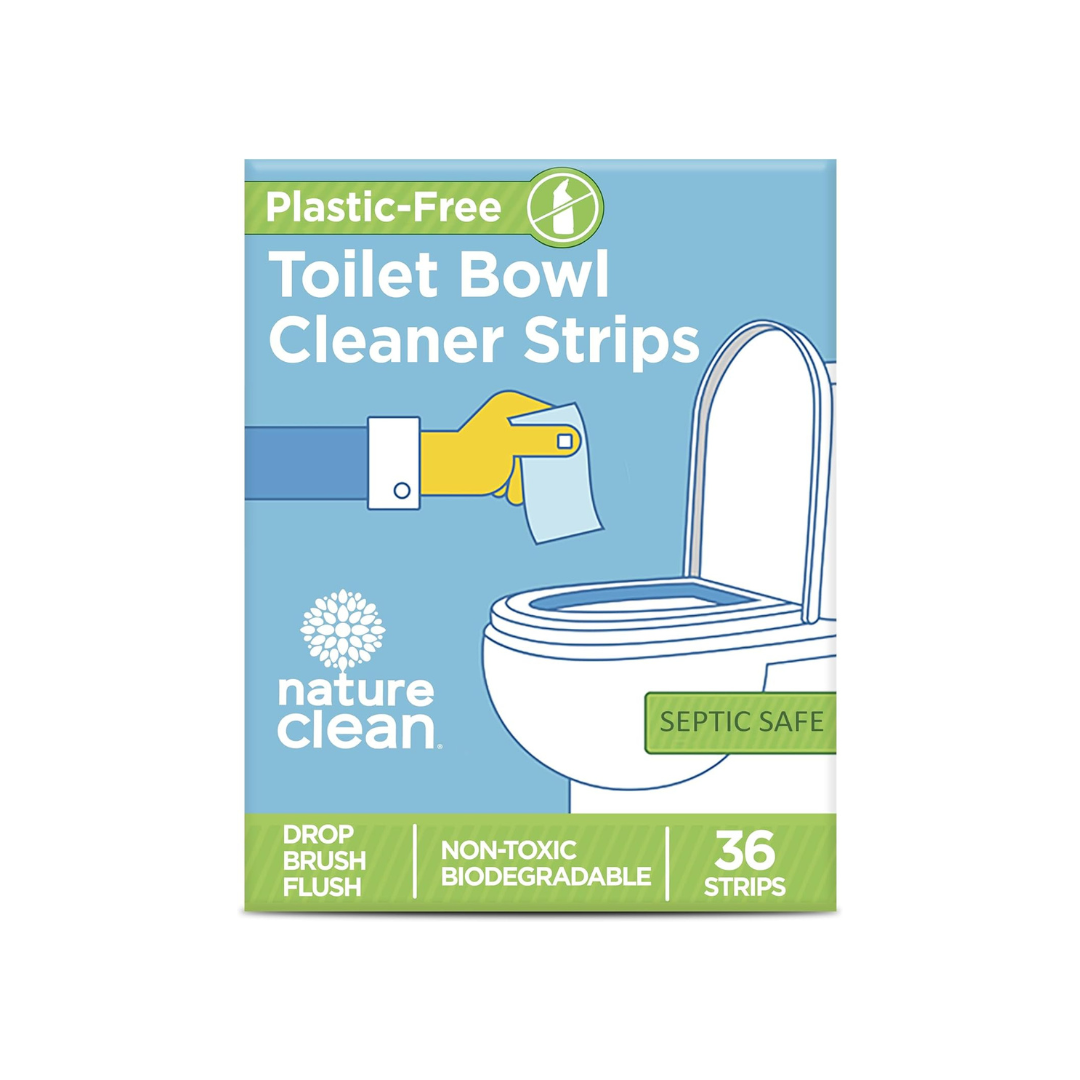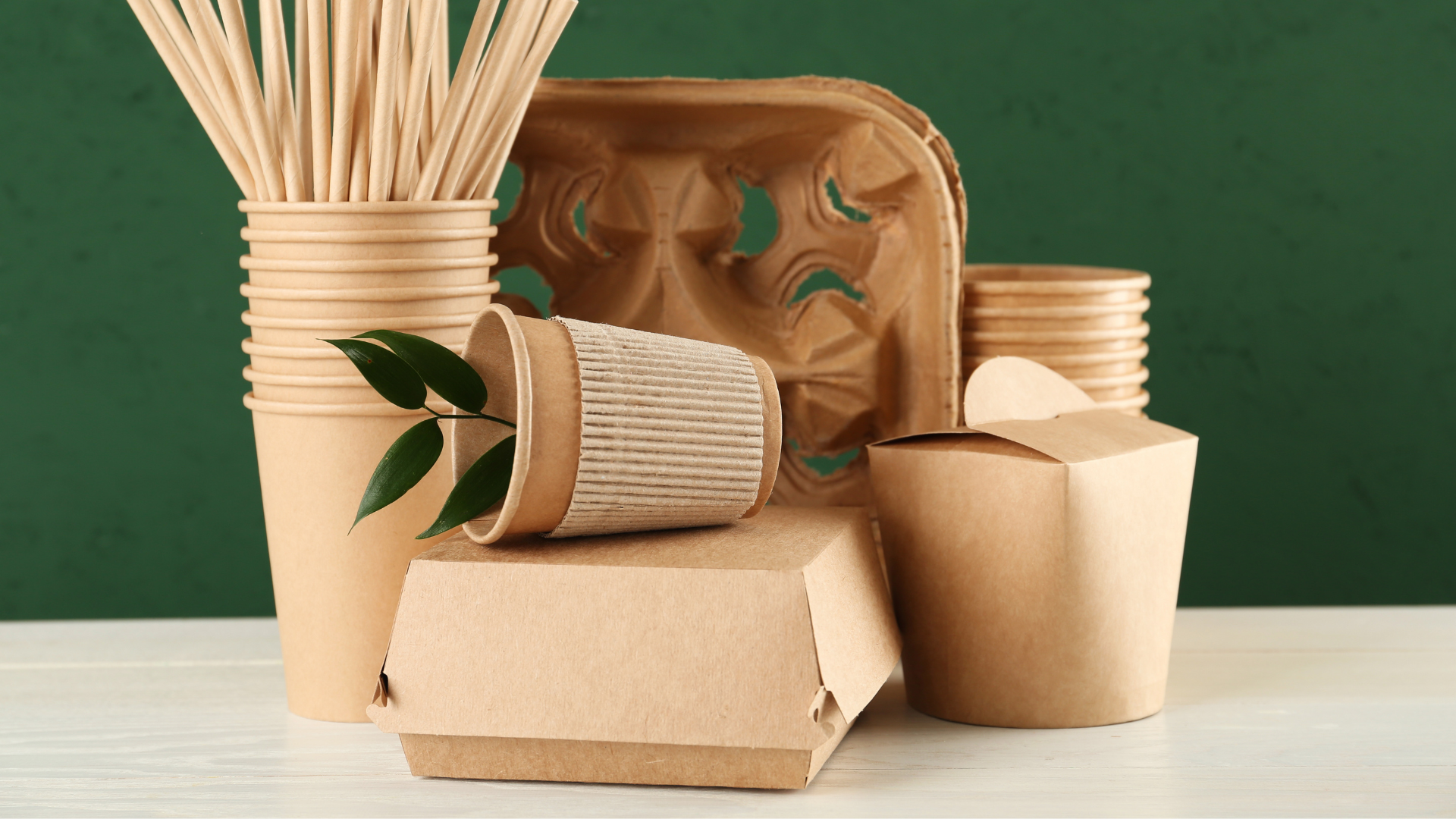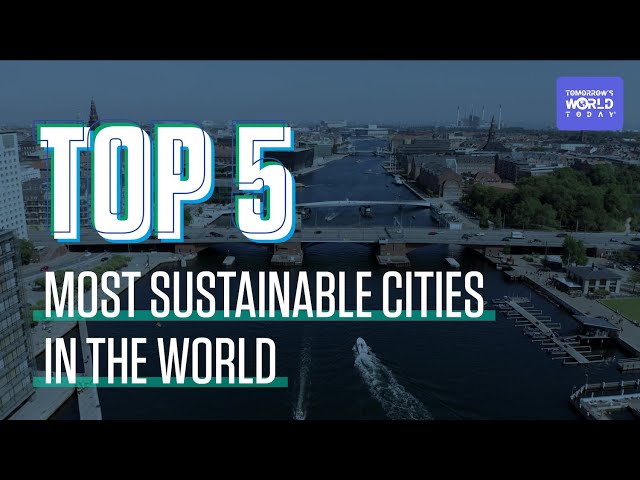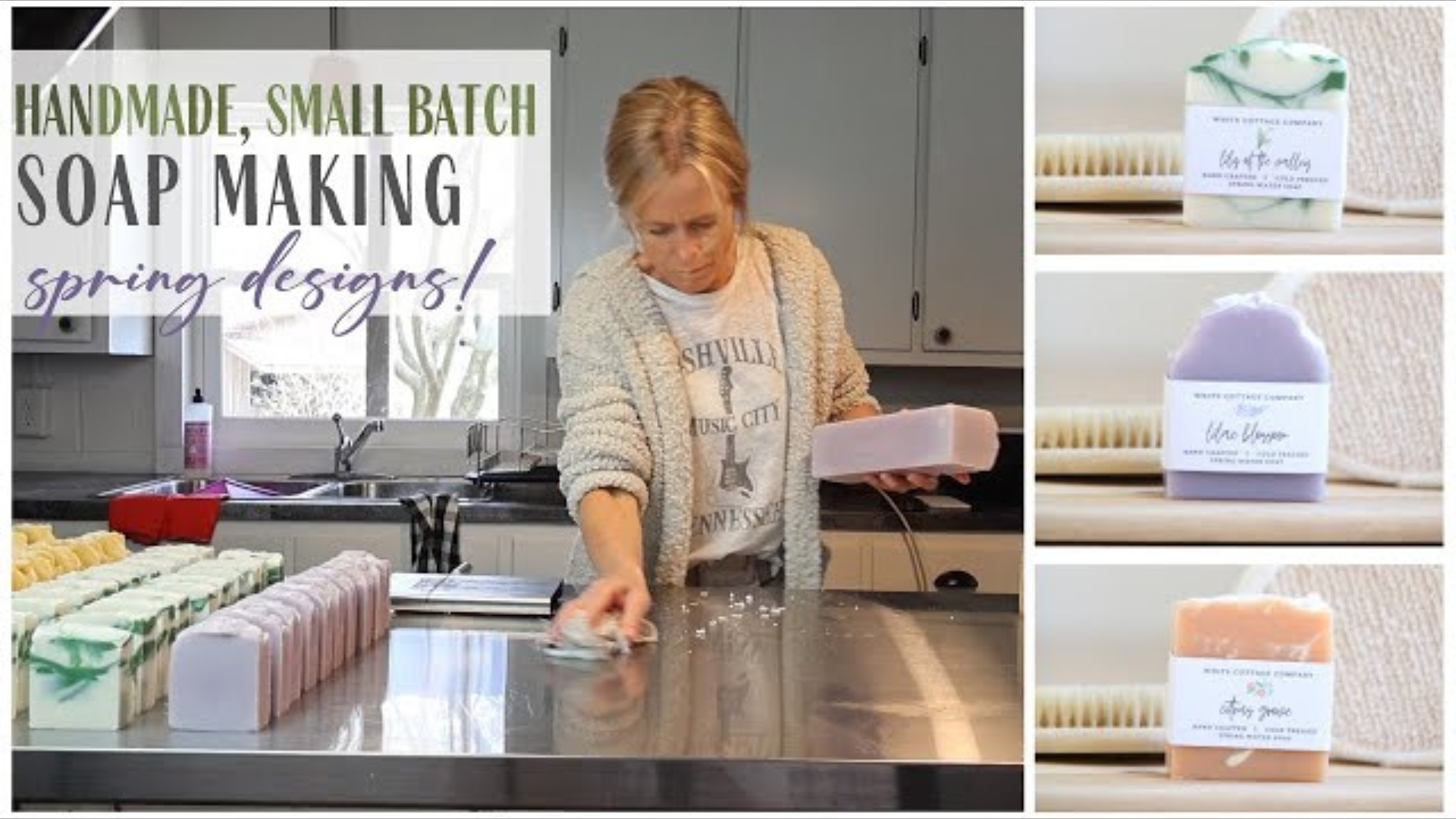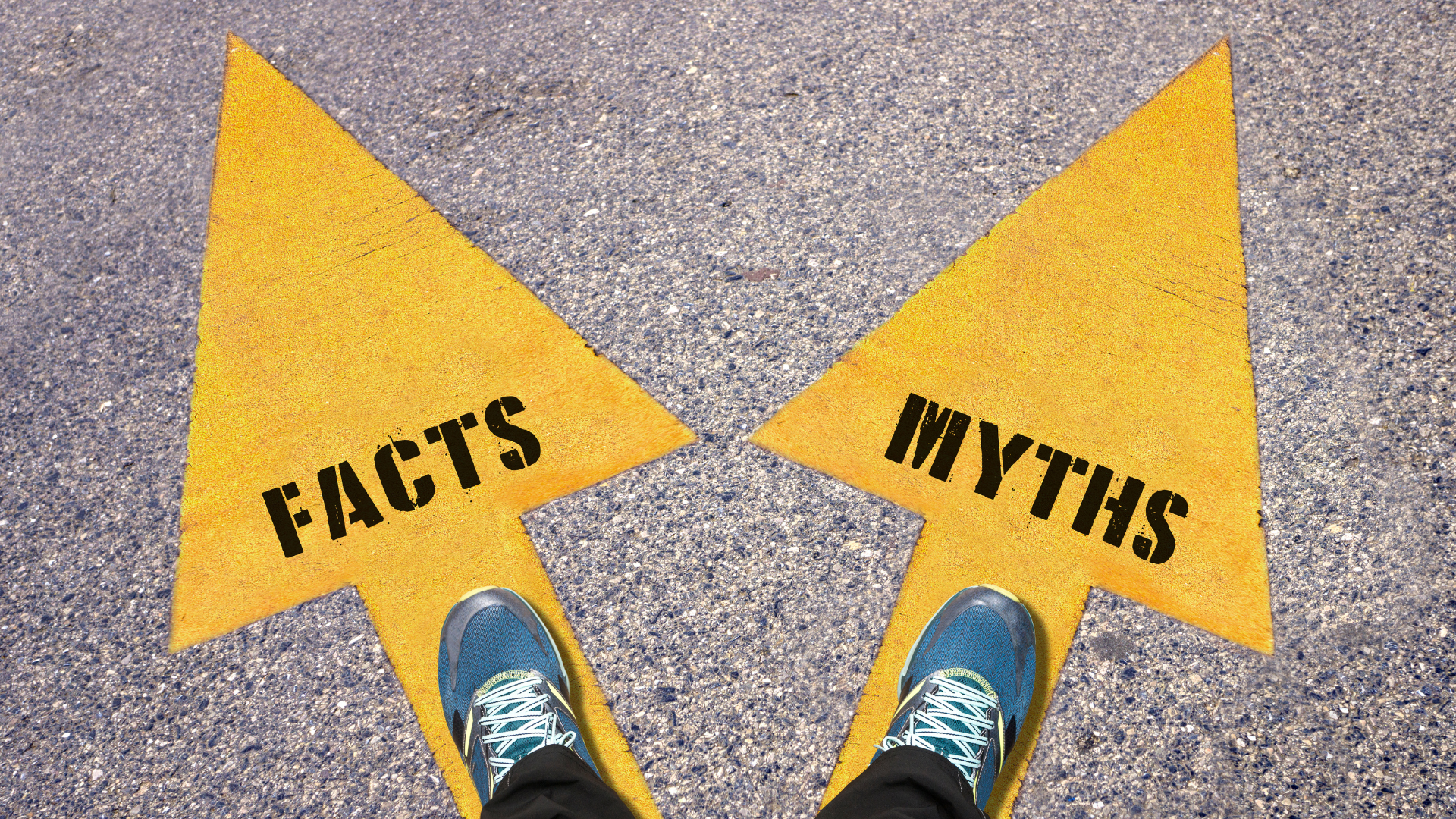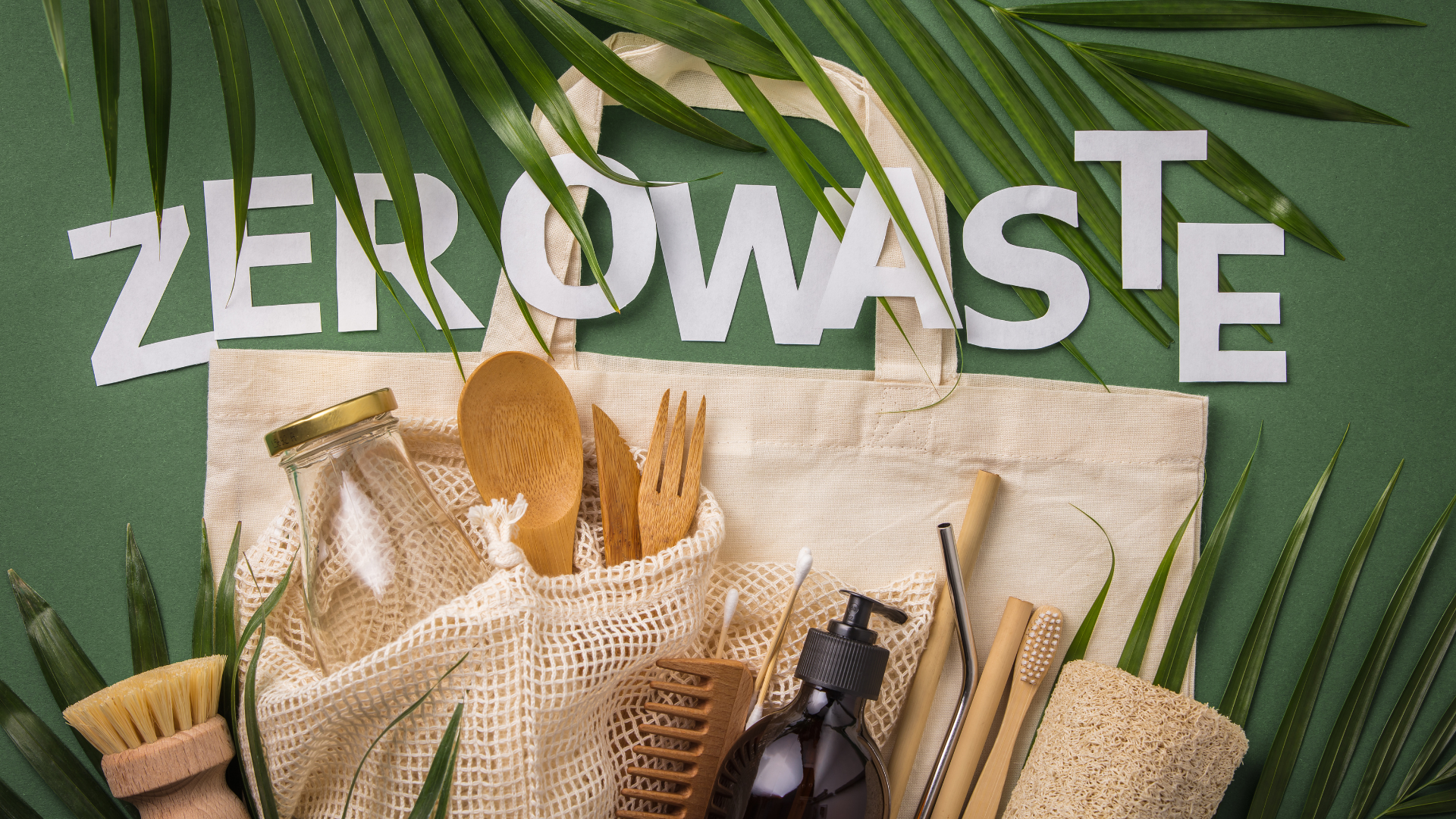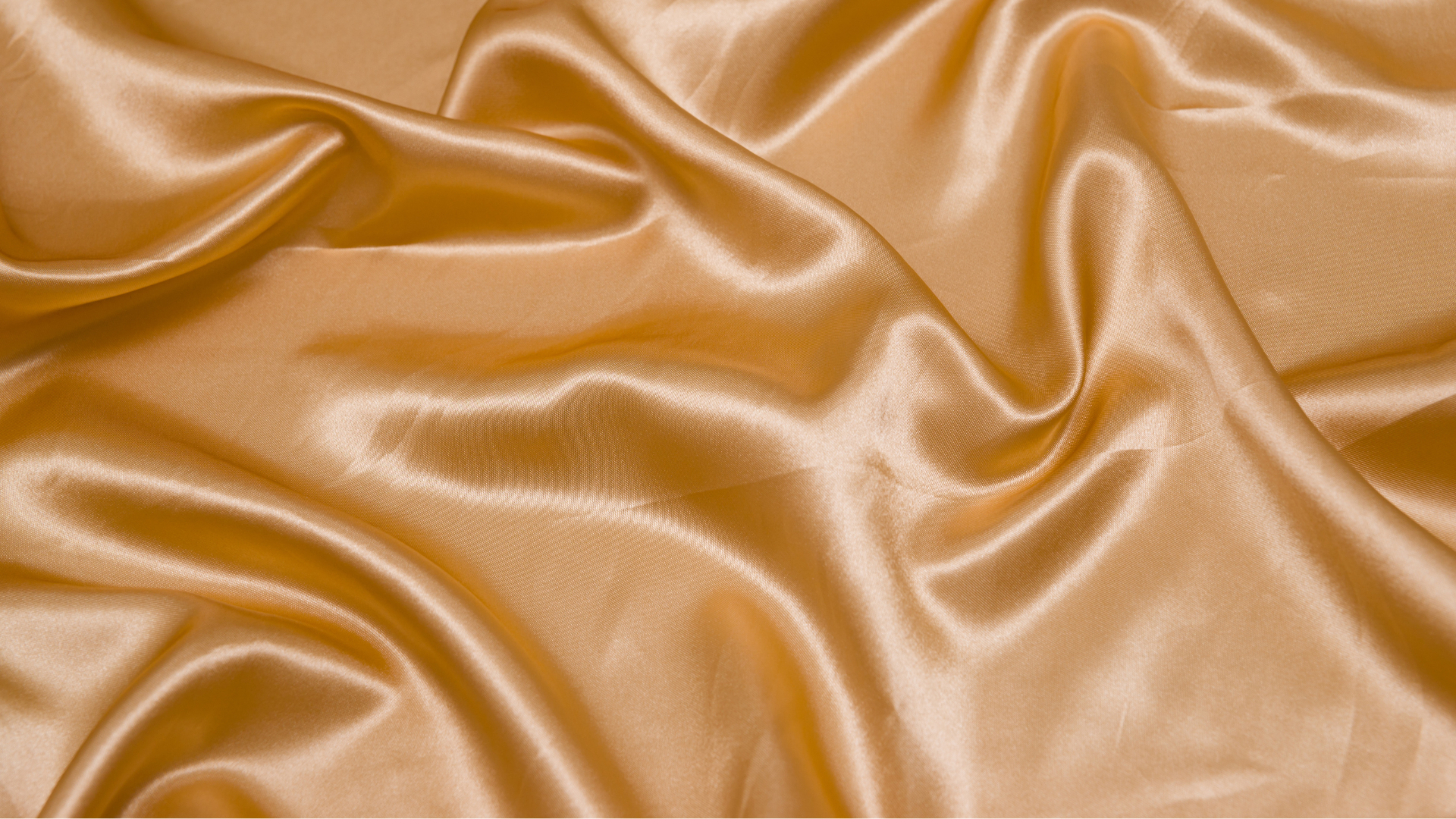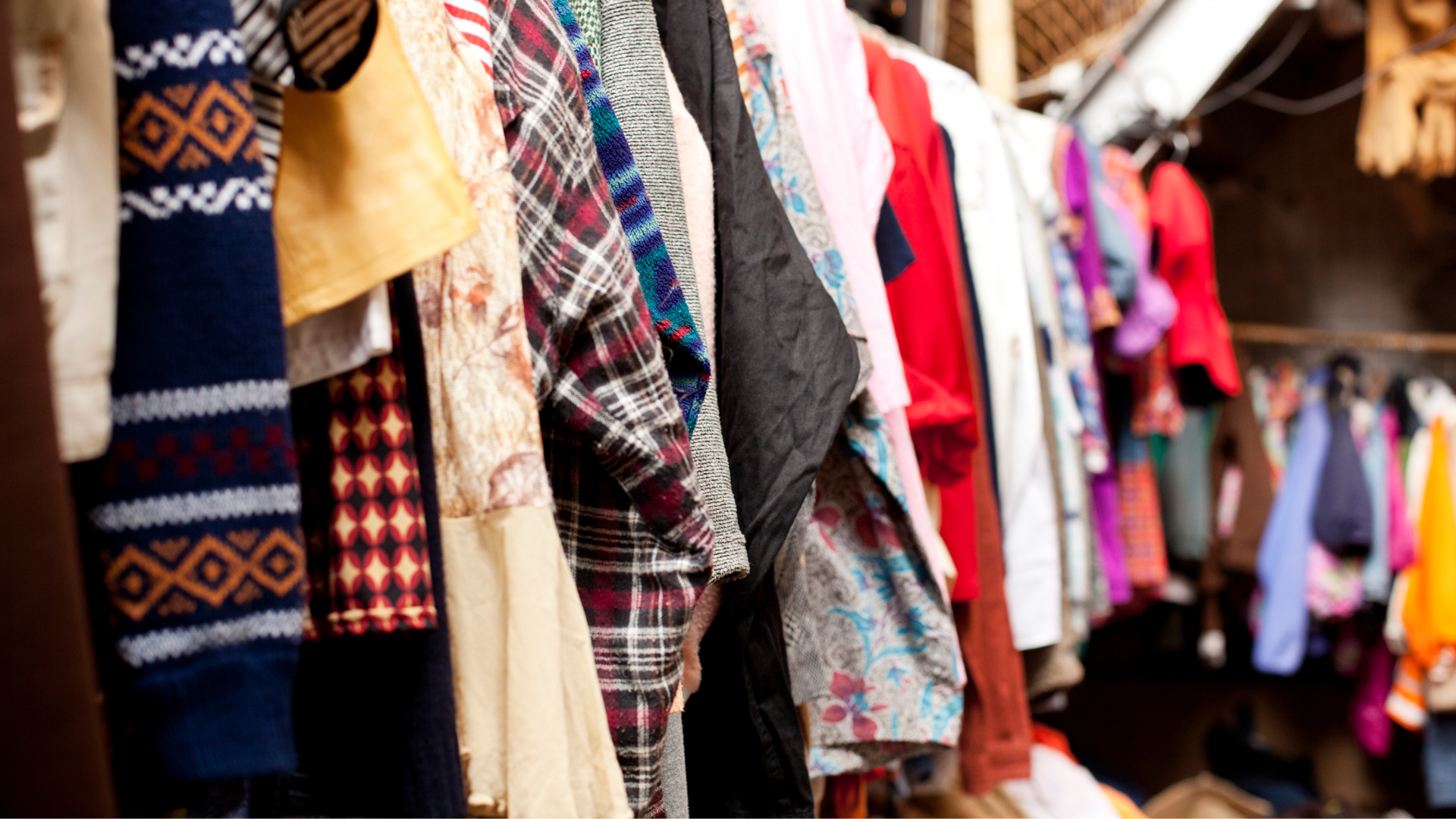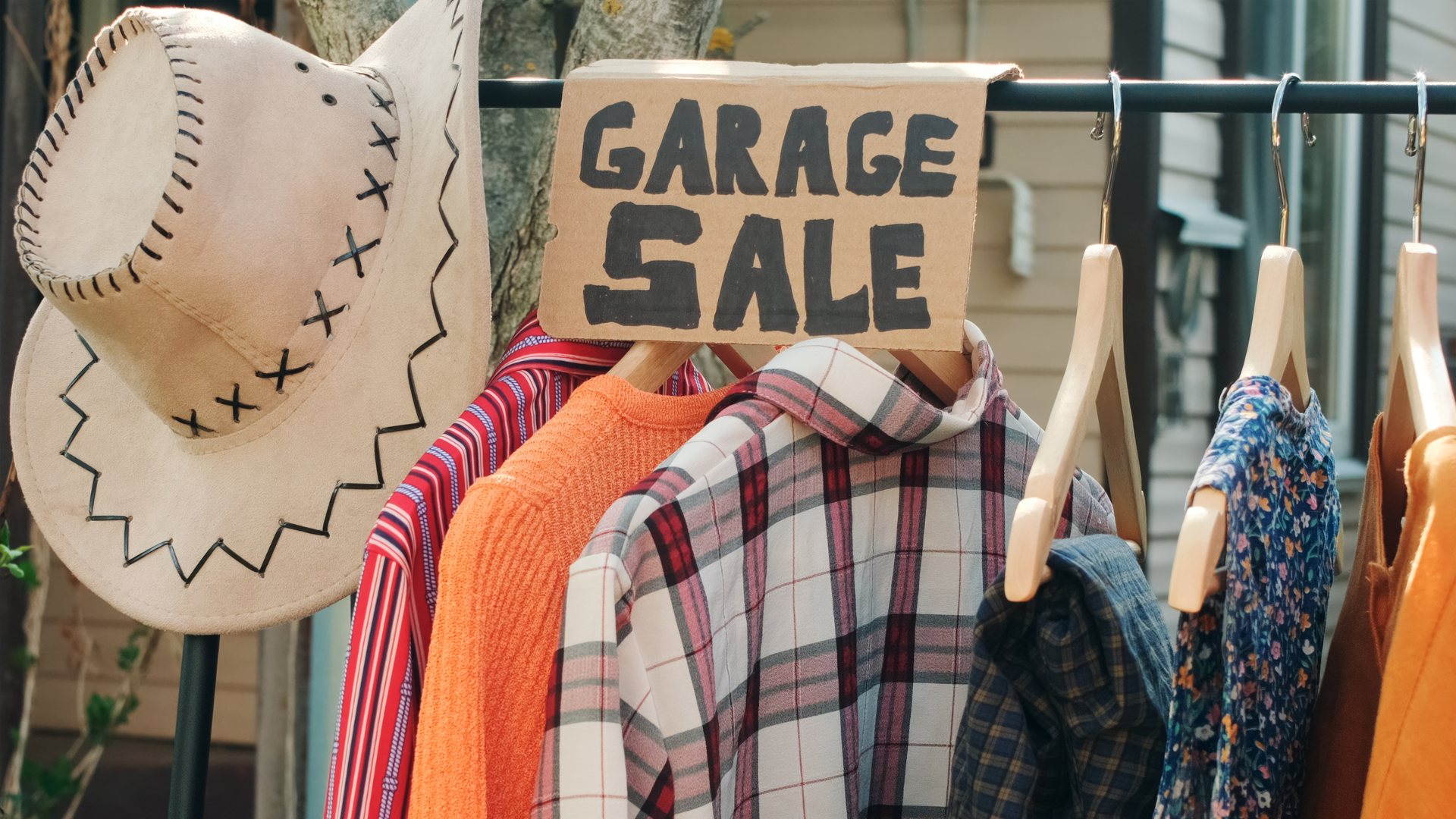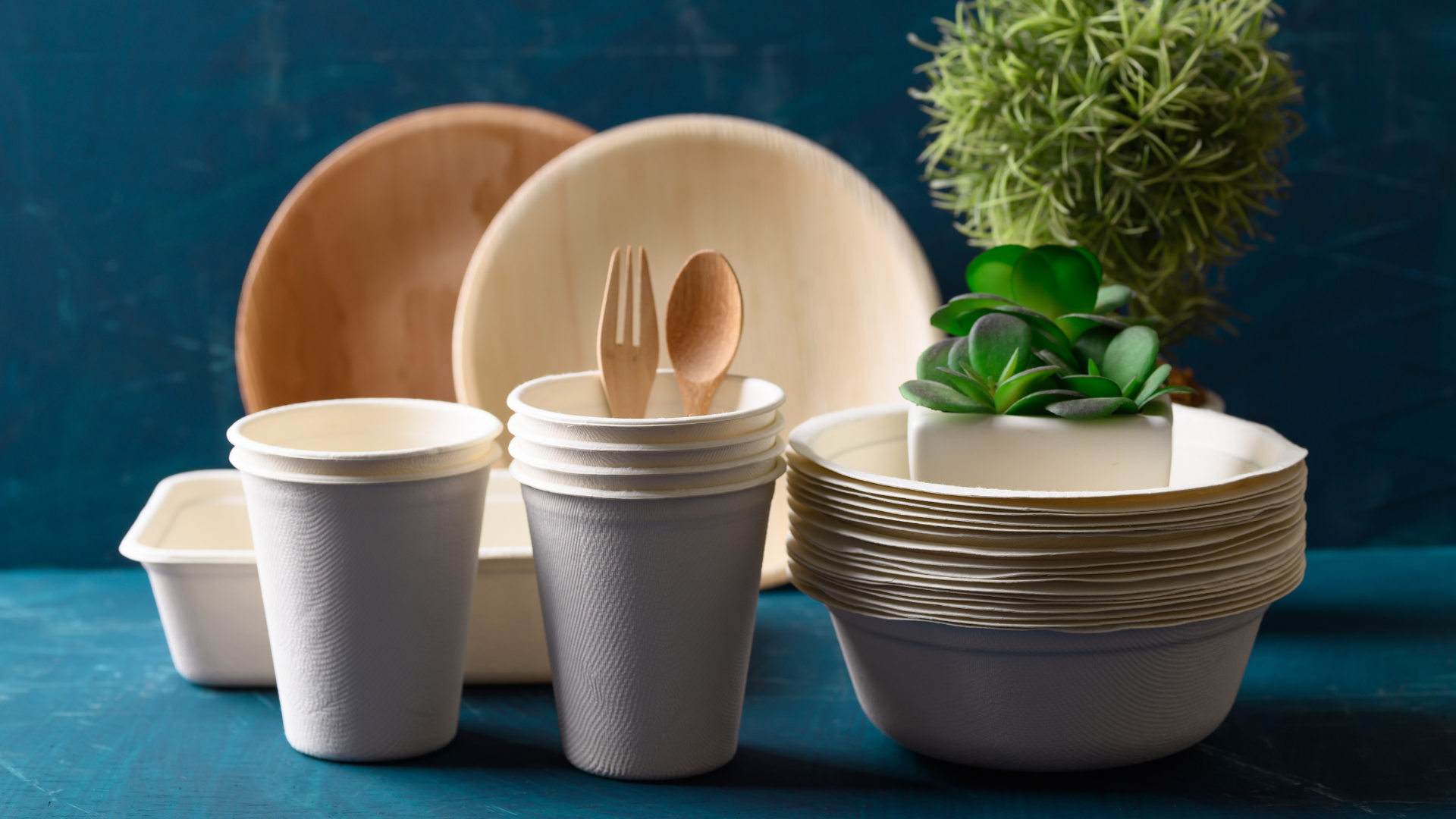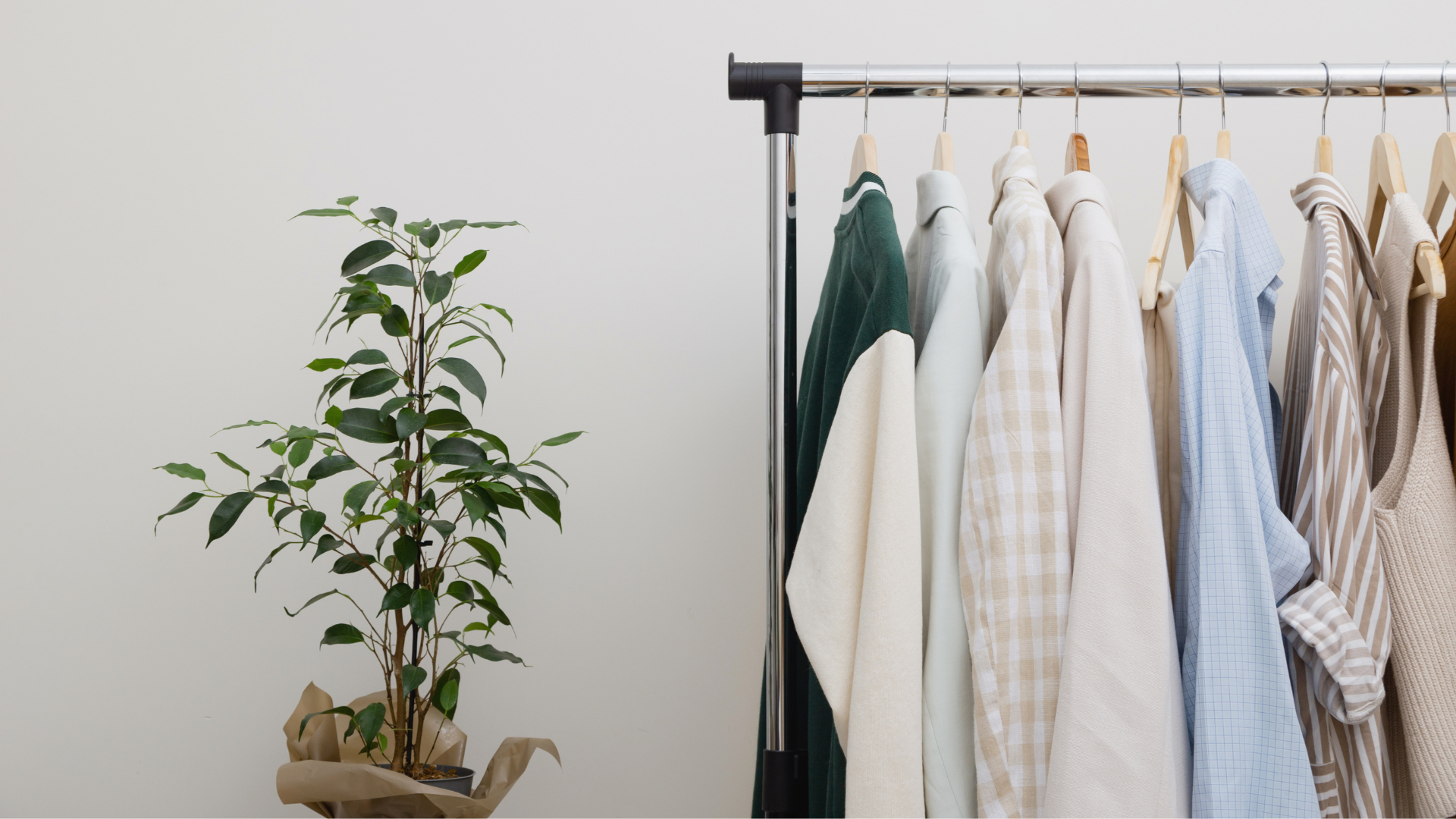Ever wondered about those little triangles on plastic products? Turns out, they're not all created equal. While recycling symbols can be pretty straightforward, resin ID codes can be a bit more confusing. Resin codes are numerical symbols found at the bottom of plastic packaging. They are used to categorize plastic types for consistent manufacturing and recycling, and were developed in the 1980s. Let’s dive into the resin world!
Different Types of Plastic Polymers
PETE (1) - Polyethylene Terephthalate
This plastic is commonly used for food and drink containers, such as water bottles and soda bottles. They are also used in heatable pre-prepared food containers. It is generally considered safe and can be recycled.
It can be recycled and repurposed into various forms such as polyester fabric, filling for fleeces, carpets and cushion fillings. Plus, it can be transformed into rPET plastic bottles, allowing it to be reused and continue through its lifecycle once again.
HDPE (2) - High Density Polyethylene
This plastic is used for a wide range of products, including milk jugs, detergent bottles, and plastic bags. It is also considered safe and can be recycled.
HDPE can be recycled and repurposed for various products such as plastic lumber, outdoor furniture, and drainage pipes. It is also used in the manufacturing of new HDPE containers such as bottles, containers, and bags.
PVC (3) - Polyvinyl Chloride
This plastic is used for pipes, shower curtains, vinyl flooring, and inflatable toys. But, it can release nasty hydrochloric acid, which is a lung and mucous membrane irritant. PVC is not commonly recycled.
LDPE (4) - Low-Density Polyethylene
LDPE is used for plastic bags, food wrap, and squeezable bottles. It is generally considered safe and can be recycled. It is better to use LDPE than PVC in the kitchen.
LDPE, when recycled, can be repurposed for various products such as trash can liners, shipping envelopes, and outdoor furniture. But it is important to inquire about the specific conditions for recycling LDPE with your local municipality.
PP (5) - Polypropylene
Polypropylene is used to make products like yogurt containers, straws, and syrup bottles. It is lightweight, flexible and heat-resistant up to 320-356°F (160-180°C). It is generally considered safe and can be recycled. When recycled, PP can be used as brooms, brushes, and plastic trays.
PS (6) - Polystyrene
Polystyrene is used to make products like foam cups, coolers, takeout containers, and packing peanuts. It is not commonly recycled and can release harmful chemicals when burned but it is usually used for keeping the food hot or cold. We advise you to stay away from it.
Other
Includes all other types of plastic not listed above, such as acrylic, nylon, and polycarbonate. These plastics may have different uses and may be more or less difficult to recycle depending on their specific type.
Knowledge of resin codes empowers consumers to make eco-friendly choices and properly dispose of plastics. Recycling helps conserve resources and reduce waste, though specific practices may vary by location and plastic type. Let's work together to create a sustainable future by promoting recycling and reducing plastic waste.
